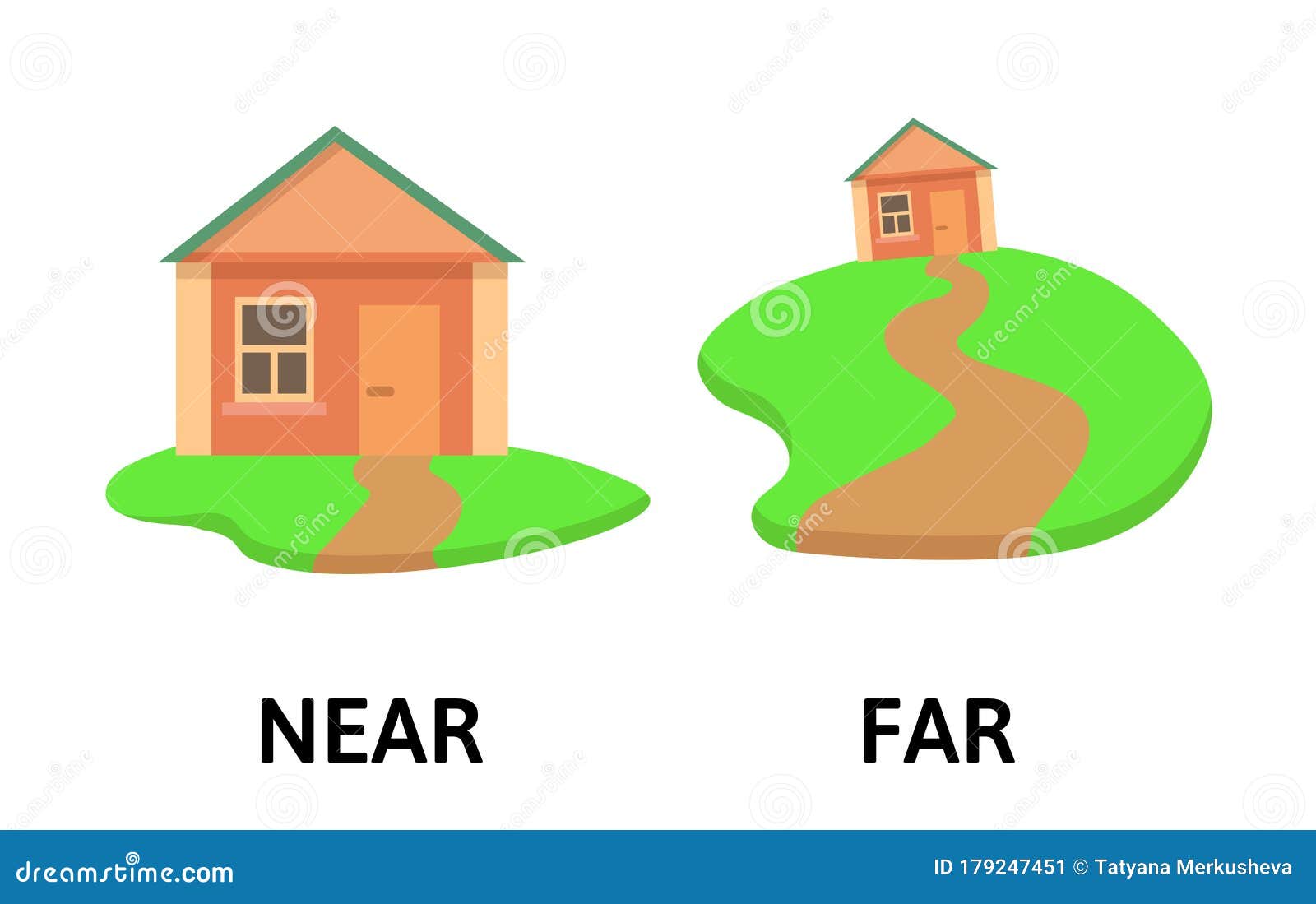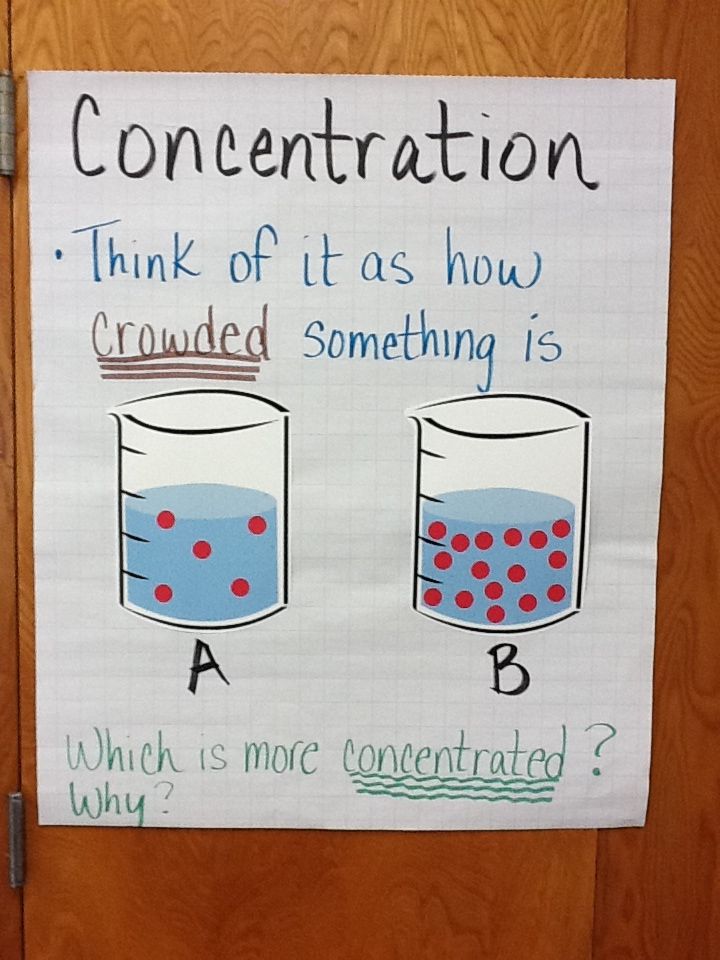Understanding the Core Functions of Major Political Parties in U.S. Politics
Introduction: The Backbone of U.S. Democracy
Major political parties play a foundational role in the American political system, influencing not just election outcomes but the very structure of governance and policy in the United States. Despite the U.S. Constitution making no mention of political parties, their functions have become central to how democracy operates in practice. Understanding these functions is vital for anyone interested in civic participation, political advocacy, or pursuing public service.
1. Recruiting and Nominating Candidates
One of the primary functions of the major parties-currently the Democratic and Republican parties-is to recruit and nominate candidates for public office. Parties search for individuals whose views align with their platform, support them through the nomination process, and provide the organizational infrastructure needed to mount election campaigns. This includes everything from primary elections to national conventions where presidential candidates are formally nominated. For example, in every federal election cycle, both major parties hold primaries across the states, engaging millions of voters and potential candidates. The nomination process helps ensure that candidates are vetted and have broad support within the party, making it easier for voters to choose between individuals who represent clear ideological differences. If you are interested in running for office with a major party, you can contact your local party office or visit the official Democratic National Committee or Republican National Committee websites for guidance on candidacy requirements and nomination procedures. Always use caution and verify you are on the official party website before submitting any personal information.
2. Fundraising and Campaign Support
Major parties are instrumental in raising funds and providing logistical support for their candidates. This includes direct financial contributions, organizing events, and leveraging party networks to mobilize grassroots donors. Fundraising is a critical aspect of modern campaigns, as successful candidates require substantial resources for advertising, travel, and voter outreach. For those interested in supporting a party or a candidate, you can usually find verified donation portals on the official party websites or through reputable platforms like ActBlue (for Democrats) and WinRed (for Republicans). You should always verify the legitimacy of fundraising platforms before donating by checking for secure website protocols and official endorsements. Potential challenges for grassroots candidates often include limited access to national fundraising networks. Some overcome this by building local support through community events, social media outreach, or small-dollar fundraising campaigns.
3. Organizing and Mobilizing Voters
A key function of major parties is to organize and mobilize voters before and during elections. This involves everything from voter registration drives to get-out-the-vote (GOTV) campaigns, which can be decisive in close races. Parties deploy volunteers, coordinate canvassing, and provide voters with information about polling locations and voting requirements. If you want to get involved, you can contact your local party headquarters or state party organization to volunteer for voter outreach activities. Many parties offer training for canvassers, phone bankers, and poll watchers. Voters can also check with their state’s board of elections for nonpartisan information on voting rights and procedures.

Source: classroomcolors.blogspot.com
4. Educating and Informing the Public
Political parties serve as educators by informing the public about key issues, policy differences, and the stakes of upcoming elections. Through debates, party platforms, and public statements, parties help clarify their positions and engage voters in civic discourse. For example, party platforms-available on official party websites-summarize the party’s stance on issues such as healthcare, education, and the economy. Debates sponsored by parties or media organizations provide direct comparisons between candidates and viewpoints, fostering a more informed electorate. A challenge is that party messaging can sometimes become polarized, leading to an echo chamber effect. To avoid this, voters are encouraged to consult multiple reputable news sources and review official party materials directly.
5. Shaping Policy and Governance
Once elected, party members work together to shape policy, enact laws, and govern at all levels-from city councils to Congress and the presidency. Parties coordinate legislative agendas, select leaders, and strive to implement the promises made during campaigns. This collective action enables parties to push forward large-scale changes and respond to national challenges. For example, the majority party in Congress controls committee assignments and legislative priorities, directly influencing what laws are debated and passed. Parties also play a role in appointing judges, managing budgets, and overseeing the executive branch. If you wish to impact public policy, you can attend local party meetings, participate in policy committees, or contact elected representatives through official government channels. Many parties allow members to propose resolutions or serve as delegates to party conventions, giving citizens a direct voice in party governance.

Source: mashupmath.com
6. Providing a Choice and Simplifying Decision-Making
By presenting distinct platforms and slates of candidates, major parties provide voters with clear choices in elections. This simplifies the decision-making process and helps voters align with candidates who best reflect their values. The two-party system, while often criticized for limiting choices, also ensures that each party must build a broad coalition to win, incorporating diverse viewpoints within their ranks. This dynamic can promote stability and continuity in government, though it also presents challenges for third-party and independent candidates. If you are dissatisfied with the current party options, consider participating in party reform efforts, supporting third-party movements, or advocating for electoral reforms such as ranked-choice voting, which some states and cities have started to implement.
7. Facilitating Peaceful Transitions of Power
Major parties play a critical role in ensuring peaceful transitions of power after elections. By recognizing election outcomes and supporting the rule of law, parties help maintain the legitimacy and stability of the U.S. political system. Historical examples include the acceptance of close election results, such as the 2000 Bush v. Gore presidential race, where both parties ultimately supported the Supreme Court’s decision, allowing for a peaceful transfer of authority. To promote trust in the process, citizens are encouraged to observe elections, support transparent recount procedures, and participate in civic education about the electoral process.
Alternative Approaches and Additional Pathways
While the two-party system dominates, a variety of third parties and independent movements exist. These groups often introduce new ideas and challenge the status quo, influencing the platforms of major parties. If you wish to support alternative political movements, research credible third-party organizations and consider joining or volunteering for their campaigns. You may also engage with nonpartisan civic groups that focus on voter education, government accountability, or election reform. The League of Women Voters and similar organizations provide resources and opportunities for involvement outside traditional party structures.
Summary and Key Takeaways
Major parties in U.S. politics serve multiple vital functions:
- Recruiting and nominating candidates
- Fundraising and campaign support
- Organizing and mobilizing voters
- Educating the public
- Shaping policy and governance
- Providing electoral choices
- Ensuring peaceful transitions of power
To get involved or learn more, start by verifying the official website of your chosen party or contacting your state’s board of elections for impartial information. If you are unsure about where to begin, search for your local Democratic or Republican party office, or explore nonpartisan civic organizations for more opportunities. Always verify the authenticity of websites and organizations before sharing personal information or making donations.
References
- Wikipedia (2024). Political parties in the United States – Historical overview and structure.
- Study.com (2024). U.S. Political Parties Formation & Function – Party structure and operations.
- Plural Policy (2024). The Role of U.S. Political Parties – Key functions and practical examples.
- U.S. Embassy Denmark (2023). Presidential Elections and the American Political System – Two-party system dynamics.
- University of Texas Permian Basin (2024). The Role of Political Parties in Shaping American Policy and Governance – Party influence on policy and governance.



